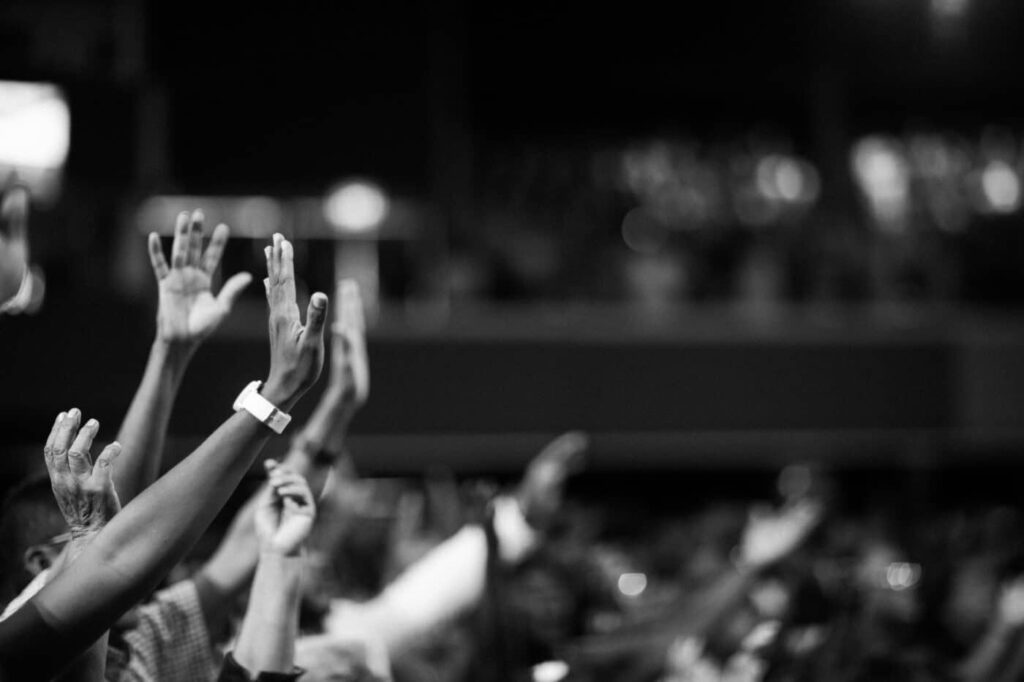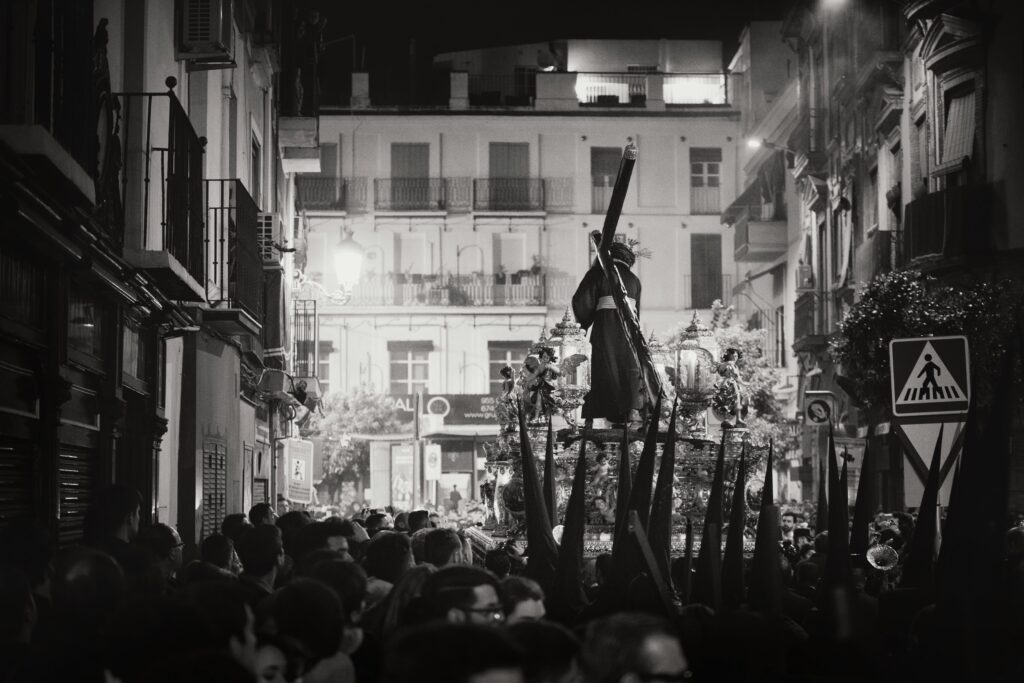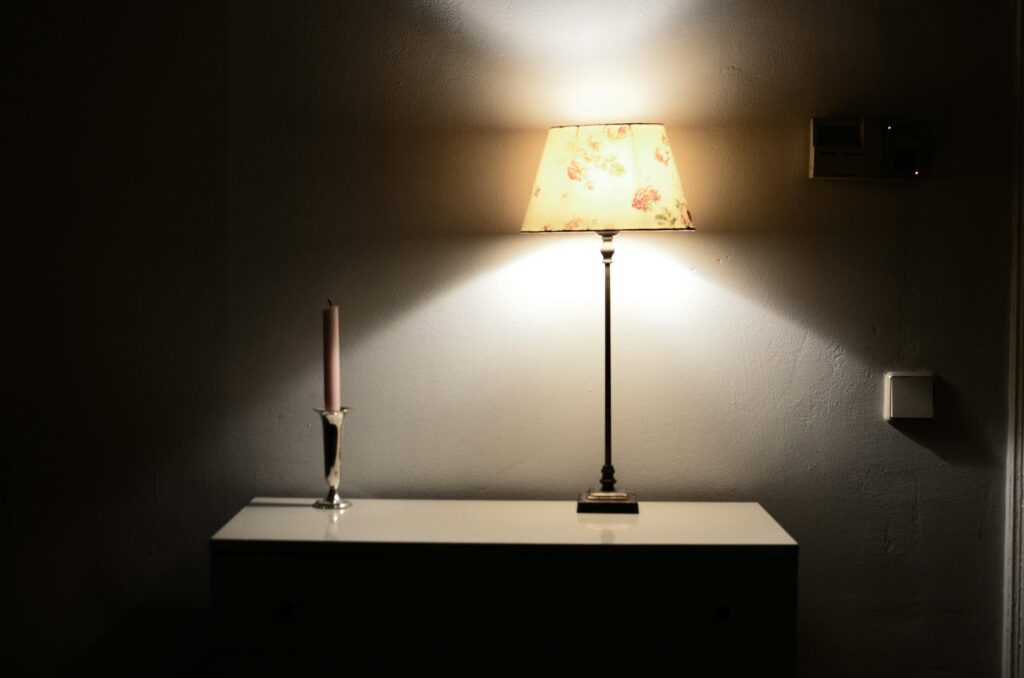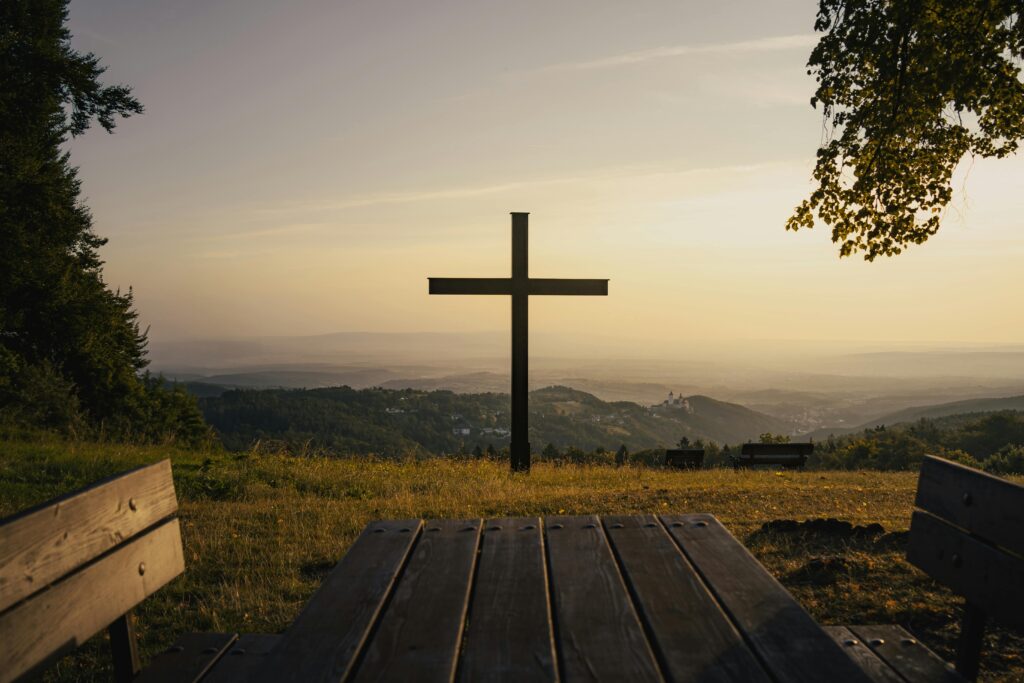Praying the Church
Praying and hoping

Those of us who love the Church, considering her our Mother in faith and the Bride of Christ, cannot but be deeply distressed and dejected by the situation she is now going through. The crisis is manifold and involves several fronts: from the open persecution in various parts of the world, such as Nigeria or Nicaragua, to the hidden persecution in various secularist democracies, such as France or Spain. Added to this is the painful crisis of clerical paedophilia, which has yet to recover. But, along with these already gloomy scenarios, the picture is further complicated by the internal crisis within the hierarchy or sacred authority itself: the deaf and hidden confrontation between its pastors. The Church suffers from a de facto schism that splits it into three groups. To simplify the picture a little, these are the liberal German bishops on the one hand, the conservative American bishops, such as the recently deposed Joseph Strickland, but also from other parts of the world, such as Bishop Athanasius Schneider, auxiliary bishop of Astana, Kazakhstan, on the other, and, in the middle, the Church huddled around Francis.
Often, moreover, the nucleus “huddled” around Francis does not understand some of his governing decisions, his personal way of leading the Church, which sometimes sows confusion and bewilderment, due to the ambiguity expressed in some papal documents. Such is the case, to give recent examples, of the possibility of giving communion to divorced and remarried people, who have an active sexual life with their new partner, and who, after a certain spiritual accompaniment, can discern, under the advice of a priest as spiritual advisor, how to approach communion. Or, the possibility or not, that sexually active gay and transgender active couples can receive the sacrament of baptism, be godparents and witnesses to a sacramental marriage. The wording of the official text of the Congregation for the Doctrine of the Faith is confusing enough to allow for the two possibilities: yes or no. However, despite these stones placed in the way of the faith of the People of God, many of us say, paraphrasing St. Peter: “Lord, to whom shall we go?” We are aware that the Church cannot be without the Pope, and that without the Pope we are nothing – catholically speaking – so that, although we do not understand, we believe, and that leads us to pray more for Francis.
Recent statements by two prominent churchmen, who enjoy great spiritual leadership within the Church, fully express how complicated the situation is. Perhaps the most scandalous is that of Cardinal Gerhard Ludwig Müller, former Prefect of the Congregation for the Doctrine of the Faith and editor of Ratzinger’s Collected Works, who said that Francis “has already uttered many material heresies“. He said this during an interview published in LifeSiteNews, which was quickly taken out of circulation. A few days earlier, in First Things, another major American religious magazine, he explained that should the Pope commit a formal heresy, he would automatically be deprived of his office, relying on a reference to St. Robert Bellarmine, a doctor of the Church and Jesuit, as the Pope.
For his part, Cardinal Robert Sarah, a very important spiritual author of the contemporary Church, recently maintained, during the presentation of the book “Credo: Compendium of the Catholic Faith” by Athanasius Schneider, that “the crisis of the Church has entered a new phase: the crisis of the Magisterium”. The result of this crisis could not be more devastating: “confusion, ambiguity and apostasy. Great disorientation, profound bewilderment and devastating uncertainty have been inoculated into the souls of many Christian believers”. The picture, as you can see, could not be more hopeless.
Faced with such a situation, what is to be done? I believe that a valid and effective way out is to look at the two-thousand-year history of the Church, which is also the history of salvation. This allows us to weigh up events with a broad historical perspective, with a “vision of eternity”. And, within that, to look particularly at the example of the saints. Two seem to me to be particularly relevant in the present historical context: St Catherine of Siena and St Josemaría Escrivá, both of whom lived in a time of profound ecclesial crisis and offer us an example of how to live it now.
The Church at the time of St Catherine could not have been worse off. The Pope was living in Avignon, had left Rome and was under the control of the King of France. She interceded for him to return to Rome – against the opinion of the majority of the cardinals, who were French – he soon died, and two conclaves were held simultaneously, both of which elected two different popes: the “Western Schism” had begun. For the saint, the situation could not have been worse: she had prayed all her life for the return of the Pope to Rome, and when she succeeded, shortly afterwards, she found herself in a worse situation: there were two Popes! It must be said, moreover, that this situation of confusion affected the whole Church, with saints supporting one and saints supporting the other. Thus, the real Pope for Saint Catherine was not the real Pope for Saint Vincent Ferrer, both of whom were linked to the Dominican order, by the way.
In this context, what was the saint’s attitude? The words of her “Dialogue” (with God the Father) are sufficiently explicit: “My sweet Lord, turn your merciful eyes generously towards this your people, as well as towards the Mystical Body of your Church; for your glory will be much greater if you have pity on the immense multitude of your creatures, than if you only have pity on me, wretch, who have offended your Majesty so much. And how could I console myself, seeing myself enjoying life at the same time that your people were plunged in death, and contemplating in your kind Bride the darkness of sins, caused precisely by my faults and those of your other creatures” (Dialogue 4, 13).
In other words, in a context of much greater division than the present one, the saint’s attitude was to pray and wait. The problem was solved in time, although she did not see it during her lifetime. Another saint who prayed intensely for the Church at a time of particular crisis, the post-Vatican II period, was Saint Josemaría. In that context he went to many Marian shrines to pray for the Church, particularly the Basilica of Guadalupe in Mexico, where he made a novena. In this context he coined a very rich spiritual expression: “the Church hurts me”. Nor was it his turn to see the end of the post-conciliar crisis. It took the pontificate of St John Paul II – a profoundly Marian Pope – to calm the waters and get things back on track.
Another moment of crisis, admirably described by St John Henry Newman, was the Arian question in the Church during the fourth century. There were times in that century when most of the bishops were Arians – that is, heretics – while the authentic content of the faith was preserved by the faithful people. That is why the faith of the believing people began to be considered as a “theological place”, i.e. a witness to the authentic faith, which in certain circumstances may not be clear to the pastors of the Church themselves.
These examples allow us to preserve the authentic faith, being clear that union with the Pope and devotion to Mary – both realities are part of the content of the faith of the believing people – guarantee our permanence in the authentic faith of Christ, in the authentic Church of Jesus. And what is the attitude we should adopt? That of St Catherine and St Josemaría: pray and wait; “pray the Church”.
Related

The Importance of Accepting Your Partner as They Are
José María Contreras
15 April, 2025
2 min

Suffering and Resurrection in Latin America
Rodrigo Guerra
15 April, 2025
3 min

Day and Night Diary
Francisco Bobadilla
14 April, 2025
4 min

Syncretism and the Relativization of Faith: The Challenge of Religious Relativism in a Pluralist World
Javier Ferrer García
11 April, 2025
5 min
 (EN)
(EN)
 (ES)
(ES)
 (IT)
(IT)

